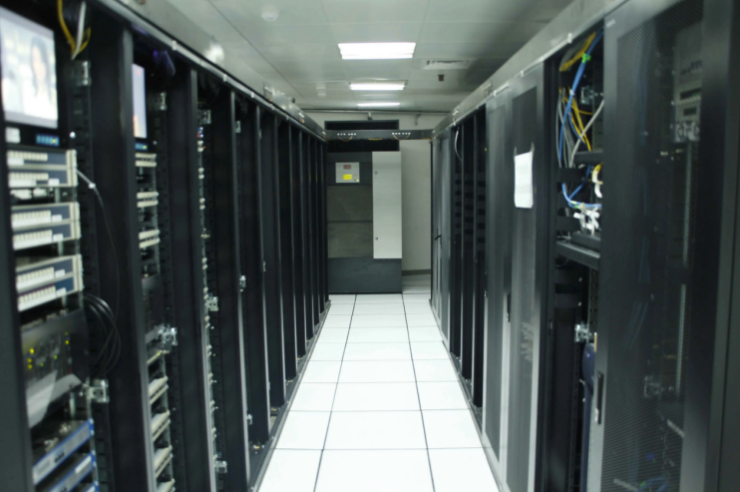The increasing frequency and severity of climate-related disasters have exposed critical limitations in traditional insurance models, leading to the emergence of climate-embedded coverage—a revolutionary approach that integrates insurance protection directly into products and services through smart contract technology. Unlike conventional insurance that requires separate policies and claims processes, these embedded solutions automatically trigger protection when predefined climate conditions occur, providing instantaneous financial response without human intervention. This paradigm shift represents the most significant advancement in disaster protection since the invention of insurance itself, leveraging blockchain technology to create seamless safety nets for everything from agricultural harvests to travel plans vulnerable to climate disruption.
The technical architecture of climate-embedded coverage operates through sophisticated oracle networks that connect insurance parameters to real-time environmental data streams. These systems continuously monitor verified data sources including NOAA satellite feeds, USGS seismic sensors, and meteorological station networks, using consensus mechanisms to confirm weather events before triggering payouts. Smart contracts deployed on blockchain platforms automatically execute when predetermined thresholds are breached—such as rainfall measurements exceeding flood levels or wind speeds reaching hurricane force—with funds transferring directly to policyholders' digital wallets within minutes of verification. This automated process eliminates claims adjustment delays that traditionally leave disaster victims waiting weeks or months for financial assistance.

Product innovation in this space focuses on hyper-contextual protection tailored to specific climate vulnerabilities. Agricultural suppliers now offer seeds and fertilizers with embedded drought protection that automatically provides compensation if precipitation levels fall below crop-specific requirements during critical growing periods. Travel companies integrate hurricane coverage into vacation packages, triggering refunds when named storms force itinerary changes. Even renewable energy installations contain performance guarantees that automatically compensate owners when weather patterns deviate from historical norms and reduce energy generation. These contextual solutions demonstrate how climate protection is evolving from generic policies to precision instruments that address specific risks at their source.

The efficiency gains from automation are transforming insurance economics. Traditional property insurance typically spends 30-40% of premiums on administrative costs, claims processing, and fraud prevention, while climate-embedded coverage reduces these expenses to under 5% through automated execution. This cost reduction allows protection to be offered at price points accessible to lower-income populations most vulnerable to climate impacts—a crucial advancement given that climate disasters disproportionately affect communities least able to afford traditional insurance. The transparency of blockchain-based systems also builds trust, as policyholders can verify contract terms and see exactly how payout decisions are made based on objective data.
Implementation challenges include ensuring data reliability and addressing regulatory requirements across jurisdictions. Advanced oracle systems now incorporate multiple redundant data sources and cross-verification protocols to prevent false triggers from single-point failures. Regulatory frameworks are evolving through sandbox programs that allow testing of these innovative products while maintaining consumer protection standards—particularly important for ensuring payout reliability during actual disasters when financial support is most critical. Educational initiatives help consumers understand how these automated systems work, building confidence in technology-driven protection that operates differently from traditional insurance relationships.
The climate resilience benefits extend beyond individual protection to community-level stability. When embedded coverage becomes widespread within a region, it creates automatic financial stabilization during disasters—money flows into affected areas immediately after events, accelerating recovery without waiting for government assistance or insurance claims processing. This rapid injection of capital helps local businesses reopen faster, enables quicker home repairs, and maintains economic continuity that traditional disaster response often struggles to achieve. The predictable, automated nature of these payments also helps municipalities plan disaster response more effectively, knowing that financial support will arrive through predetermined channels rather than ad hoc assistance programs.

As climate-embedded coverage matures, it's converging with other technological trends to create increasingly sophisticated protection ecosystems. Internet of Things (IoT) devices now provide real-time monitoring of environmental conditions at hyperlocal levels, enabling micro-climate insurance tailored to specific neighborhoods or even individual properties. Artificial intelligence algorithms improve risk modeling by analyzing climate patterns at granular scales, allowing more accurate pricing of coverage based on precise location risks. These advancements suggest a future where climate protection becomes as seamless and integrated as electrical service—always available, automatically responding to needs, and fundamentally integrated into how we live and work in a changing climate.
The rise of climate-embedded coverage represents more than just technical innovation—it signifies a fundamental rethinking of how society manages climate risk. By making protection automatic, affordable, and accessible, these systems are helping build resilience against climate impacts that are increasingly inevitable. In doing so, they're not just compensating for losses after disasters occur, but creating financial infrastructure that helps communities withstand and recover from climate disruptions more effectively than ever before possible.





